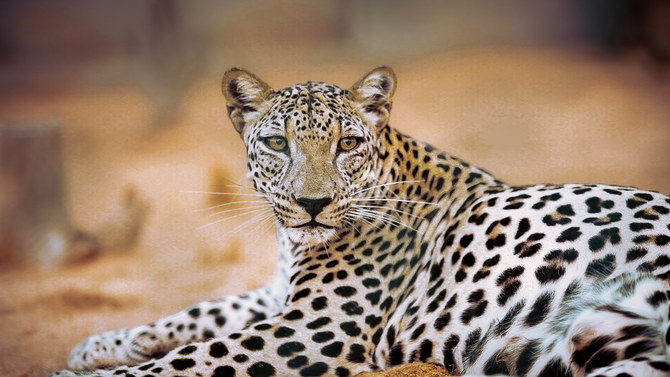
Built Like a Brick…But Cuter: Unveiling the Wonder of Wombats
Australia’s wildlife is a treasure trove of the weird and wonderful, and the wombat is no exception. These adorable, stocky creatures with their blunt snouts and powerful claws may look like oversized teddy bears, but they are surprisingly fascinating and hold a special place in the Australian ecosystem.
Built for Digging and Defense:
Unlike their hopping marsupial cousins, the kangaroos, wombats are burrowers extraordinaire. Their short, sturdy legs and powerful claws are perfectly adapted for digging extensive tunnel networks. These burrows provide wombats with shelter from the harsh sun, protection from predators, and a cool place to raise their young. But beneath their seemingly cuddly exterior lies a hidden layer of protection – a natural suit of armor!
Nature’s Built-in Bodyguard:
Embedded within a wombat’s back is a remarkable adaptation – a thick plate of cartilage. This armor plate acts as a shield, offering vital protection from predators like dingoes and Tasmanian devils. When threatened, a wombat can wedge itself into its burrow, using its rear end and this bony shield to block the entrance. This remarkable defense strategy makes it very difficult for predators to gain access.
Cube-Shaped Secrets:
One of the most bizarre and intriguing facts about wombats is their poop. Yes, you read that right! Wombat poop is cube-shaped! Scientists believe this unique shape helps disperse seeds and mark territory more effectively. It’s a strange but ingenious adaptation.
More Than Just Cute:
While their cuddly appearance might have you fooled, wombats are surprisingly tough. Their thick skin and powerful jaws can be a formidable defense against predators. Additionally, they have a remarkable sense of smell and excellent hearing, keeping them alert to potential dangers.
A Family Affair:
Wombats are solitary creatures for most of their lives, but mating season brings them together. After a short gestation period, a single joey is born. The joey spends its early months safe and sound inside mom’s pouch until it’s strong enough to venture out and explore the burrow.
Vulnerable Treasures:
Sadly, some wombat species face threats from habitat loss due to agriculture and development. Additionally, the introduction of feral predators like foxes poses a risk to these gentle giants.
Protecting the Pawesome:
There are many ways to help wombat conservation efforts. Supporting organizations that protect their habitat, raising awareness about the threats they face, and choosing wildlife-friendly travel options are all ways to make a difference.
Wombats are more than just cute and cuddly; they are fascinating creatures with unique adaptations. From their impressive digging skills and cube-shaped scat to their hidden armor plating, these remarkable animals continue to surprise us. By appreciating these wonders of nature and supporting their conservation, we can ensure they continue to burrow, chomp, and leave their mark on the Australian landscape for generations to come.
More photos below ↓











